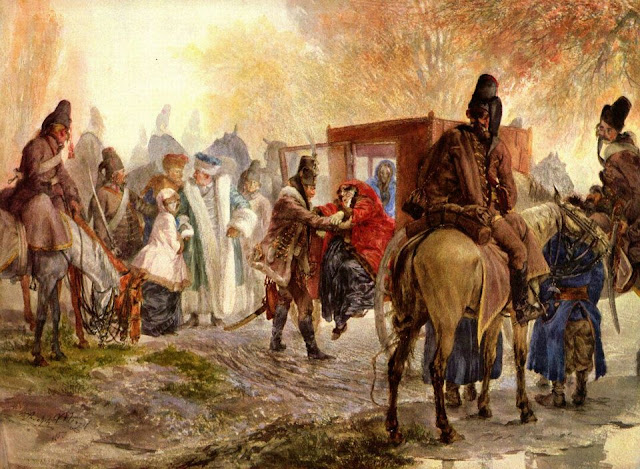ADOLF FRIEDRICH ERDMANN VON MENZEL GERMAN (1815-1905
Adolph Friedrich Erdmann von Menzel
ADOLPH FRIEDRICH ERDMANN VON MENZEL (1815-1905), German artist, was born at Breslau on the 8th of December 1815. His father was at the head of a school for girls, and intended to educate his son as a professor; but he would not thwart his taste for art. Left an orphan in 1832, Menzel had to maintain his family. In 1833 Sachse of Berlin published his first work, an album of pen-and-ink drawings reproduced on stone, to illustrate Goethe's little poem, "Kiinstlers Erdenwallen." He executed lithographs in the same manner to illustrate Denkwiirdigkeitenaus der brandenburgisch-preussischen Geschichte, pp. 834-836; "The Five Senses" and "The Prayer," as well as diplomas for various corporations and societies. From 1839 to 1842 he produced 400 drawings, reviving at the same time the technique of engraving on wood, to illustrate the Geschichte Friedrichs des Grossen (" History of Frederick the Great") by Franz Kugler. He subsequently brought out Friedrichs des Grossen Armee in ihrer Uniformirung (" The Uniforms of the Army under Frederick the Great"), Soldaten Friedrichs des Grossen (" The Soldiers of Frederick the Great"); and finally, by order of the king Frederick William IV., he illustrated the works of Frederick the Great, Illustrationen zu den Werken Friedrichs des Grossen (1843-1849). By these works Menzel established his claim to be considered one of the first, if not actually the first, of the illustrators of his day in his own line. Meanwhile Menzel had set himself to study unaided the art of painting, and he soon produced a great number and variety of pictures, always showing keen observation and honest workmanship - subjects dealing with the life and achievements of Frederick the Great, and scenes of everyday life, such as "In the Tuileries," "The Ball Supper," and "At Confession." Among the most important of these works are "The Forge" (1875) and "The Market-place at Verona." Invited to paint "The Coronation of William I. at Koenigsberg," he produced an exact representation of the ceremony without regard to the traditions of official painting. Menzel died at Berlin on the 9th of February 1905. In Germany he received many honours, and was the first painter to be given the order of the Black Eagle.


































.jpg)











































Tidak ada komentar:
Posting Komentar